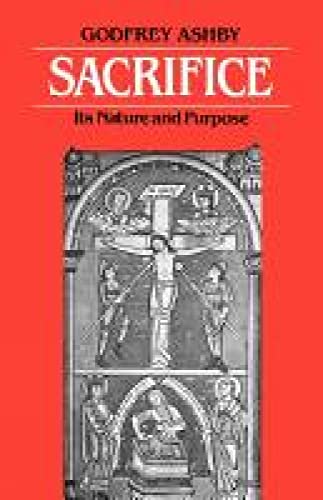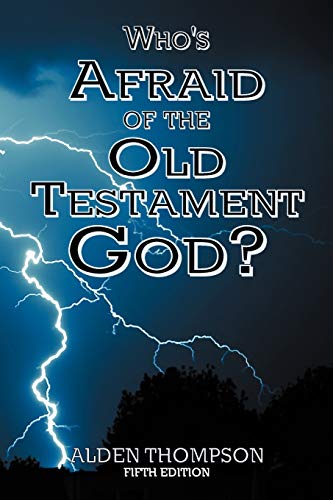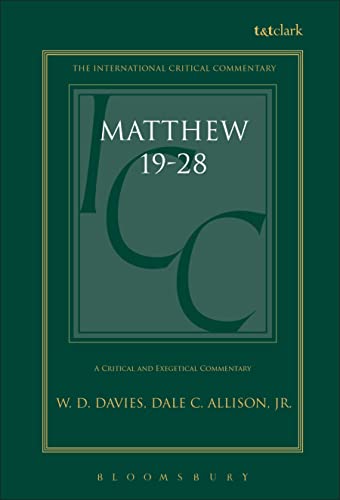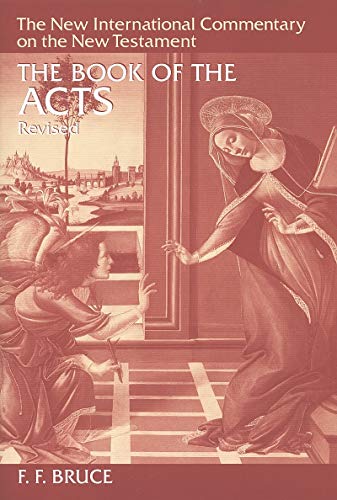Sacrifice: Its Nature and Purpose
Written by Godfrey Ashby Reviewed By Philip Jenson‘Near Eastern feasts and feast-sacrifices were not formal state banquets or dinner parties. Flies hovered around them, dogs roamed on the fringes and kites sat on nearby trees whilst vultures glided on the thermals above.’ The author of this enjoyable and wide-ranging book has evidently thought hard and long about the difficulty modern readers of the Bible have in understanding a custom which is beyond their experience. The author was Professor of Divinity in a South African university and is now an Anglican assistant bishop, and this dual background is evident in his concern to expound sacrifice sympathetically (it is still a living language in many African tribes) and theologically (for it is an important language when Christians talk about the death of Christ).
Perhaps the most valuable feature of the volume is the author’s sharp eye for the hidden assumptions and errors of method which have long hindered a proper understanding of sacrifice. The beginning of the book helpfully sets out what sacrifice means for most people today, and warns that the language of sacrifice needs to be rehabilitated. There follows a useful survey of some of the numerous theories of sacrifice, ending with a key discussion of sacrifice as communication between God and man through a material medium. At various points Ashby draws on the anthropological model of a rite de passage, although I felt that the model was not defined and developed sufficiently. The final chapters provide some challenging observations about the meaning of sacrifice in the context of the Eucharist and in the continuing life of Christians. Those of us with roots in the Protestant and evangelical traditions would do well to consider carefully the points he makes.
But the substance of the book comprises a discussion of sacrifice in the Bible, and although he makes valuable observations on every page, many of his interpretations will be disputed. The chapter on Hebrew sacrifice includes a number of assertions proposed without sufficient argument, and he does not really do justice to the complexity of the OT texts and the variety of alternative interpretations (he does not refer at all to the writings of Jewish scholars much as Milgrom and Levine). There are also errors in detail (e.g. p. 30, ‘regular bread’ can translate lehem hattamid (Nu. 4:7) not lehem happanim; p. 32, the ‘asham and not the chattath is a reparation offering; p. 34, a bull not an ox is offered—the distinction is important in the priestly system; p. 58, read chattath for ‘asham; the purification offering is regularly translated chattah rather than chattath).
But the book is unapologetically a Christian interpretation of sacrifice, and so at the heart of the book is a discussion of the death of Christ. The author firmly believes that at the centre of the atonement is the theory of sacrifice (p. 56), although this leads to the curious assertion that the concepts of redemption and justification are primarily translations for those who have a non-sacrificial background. However, these concepts have as good an OT pedigree as sacrifice, and it seems clear that in books such as Romans the argument is concerned primarily with the righteousness of God, and sacrifice comes in only as a secondary theme. The deeper question is whether any language or model can be identified with the reality of Christ’s achievement. I would prefer to say that the gospel of the death and resurrection of Christ transcends all languages, while requiring an appropriate translation in them all.
Similar problems arise in the discussion of Passover, to which a separate chapter is devoted. The prominence of this festival in the passion narratives and elsewhere in the NT leads the author to claim that so little was said about Christ’s sacrificial death because it was obvious (p. 68). However, it is one thing to point to the evidence for a Passover motif, it is another to claim that Passover is the key to the passion, or that the sacrifice is the central feature of Passover. Passover, like sacrifice, is linked to many other themes, such as covenant, salvation and obedience (as Ashby himself shows). It is not at all obvious that the mention of one of these entails a reference to sacrifice. Sacrifice may well be only one of the languages in which the significance of Christ can be proclaimed.
It will be clear that I continue to search for a definitive discussion of sacrifice in the Bible. Meanwhile, I am grateful for many of the excellent points that this volume makes about its subject. The way he points out dubious assumptions, often with great wit, would alone make this book worth reading. It fills a gap in the literature, and may be read with profit alongside more detailed studies.
Philip Jenson
Trinity College, Bristol






